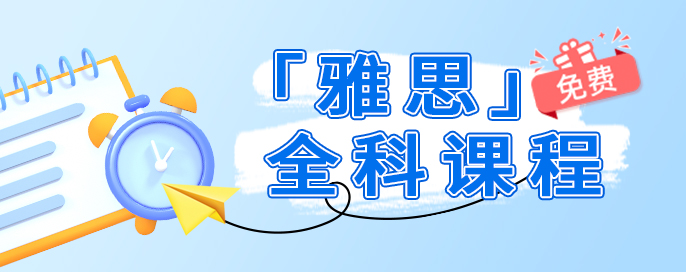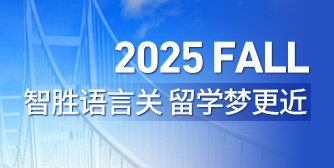劍橋雅思5Test3聽力Section4答案解析 household waste recycling
2023-05-19 14:27:08 來源:中國教育在線
劍橋雅思5Test3聽力Section4答案解析 household waste recycling
劍5 test 3 Section 4雅思聽力原文
STUDENT: Well, my group has been doing a project on how household waste is recycled in Britain.
We were quite shocked to discover that only 9% of people here in the UK make an effort to recycle their household waste. This is a lower figure than in most other European countries, and needs to increase dramatically in the next few years if the government is going to meet its recycling targets.
The agreed targets for the UK mean that by 2008 we must reduce our carbon dioxide emissions by 12.5%, compared with 1990. And recycling can help to achieve that goal, in two main ways: the production of recycled glass and paper uses much less energy than producing them from virgin materials, and also recycling reduces greenhouse gas emissions from landfill sites and incineration plants. Q31/Q32
As part of our project, we carried out a survey of people in the street, and the thing that came up over and over again is that people don’t think it’s easy enough to recycle their waste. One problem is that there aren’t enough ‘drop-off’ sites, that is, the places where the public are supposed to take their waste. Q33
We also discovered that waste that’s collected from householders is taken to places called ‘bring banks’, for sorting and baling into loads. One problem here is taking out everything that shouldn’t have been placed in the recycling containers: people put all sorts of things into bottle banks, like plastic bags and even broken umbrellas. All this has to be removed by hand. Another difficulty is that toughened glass used for cooking doesn’t fully melt at the temperature required for other glass, and so that also has to be picked out by hand. Q34
Glass is easy to recycle because it can be reused over and over again without becoming weaker. Two million tons of glass is thrown away each year, that is, seven billion bottles and jars; but only 500,000 tons of that is collected and recycled. Q35
Oddly enough, half the glass that’s collected is green, and a lot of that is imported, so more green glass is recycled than the UK needs. As a result, new uses are being developed for recycled glass, particularly green glass, for example in fibreglass manufacture and water filtration. A company called CLF Aggregates makes a product for roads, and 30% of the material is crushed glass. Q36
For recycling paper, Britain comes second in Europe with 40%, behind Germany’s amazing 70%.
When recycling started, there were quality problems, so it was difficult to use recycled paper in office printers. But these problems have now been solved, and Martin’s, based in South London, produces a range of office stationery which is 100% recycled, costs the same as normal paper and is of equally high quality.
But this high quality comes at a cost in terms of the waste produced during the process. Over a third of the waste paper that comes in can’t be used in the recycled paper, leaving the question of what to do with it. One firm, Papersave, currently sells this to farmers as a soil conditioner, though this practice will soon be banned because of transport costs and the smell, and the company is looking into the possibility of alternative uses. Q37
Plastic causes problems, because there are so many different types of plastic in use today, and each one has to be dealt with differently. Pacrite recycles all sorts of things, from bottles to car bumpers, and one of its most successful activities is recycling plastic bottles to make containers which are used all over the country to collect waste. Q38
The Save-a-Cup scheme was set up by the vending and plastics industries to recycle as many as possible of the three-and-a-half billion polystyrene cups used each year. At the moment 500 million polycups are collected, processed and sold on to other businesses, such as Waterford, which turns the cups into pencils, and Johnson & Jones, a Welsh-based firm, which has developed a wide variety of items, including business cards. Q39, Q40
Well, to sum up, there seems to be plenty of research going on into how to re-use materials, but the biggest problem is getting people to think about recycling instead of throwing things away. At least doing the research made us much more careful.
劍5 test 3 Section 4雅思聽力答案
31. 12.5%
32. incineration plants
33. drop-off
34. cooking
35. 500,000
36. roads
37. soil conditioner
38. containers
39. pencils
40. business cards
>> 雅思 托福 免費課程學習,AI量身規(guī)劃讓英語學習不再困難<<









